Best Timing for Waterproofing Projects
Proper timing for waterproofing projects is essential to ensure durability and effectiveness. The optimal period depends on weather conditions, temperature ranges, and the specific type of waterproofing material used. Generally, the best time to undertake waterproofing is during mild, dry weather when temperatures are consistently above freezing and below excessive heat.
In regions like Middleton, WI, late spring through early fall typically provides the ideal conditions for waterproofing. During these months, humidity levels are moderate, and rainfall is less frequent, reducing the risk of moisture interfering with application and curing processes. Applying waterproofing during these periods helps to prevent issues such as cracking, peeling, or ineffective sealing caused by temperature fluctuations or moisture exposure.
Late spring and early fall are recommended for waterproofing projects due to stable weather conditions and moderate temperatures.
Ideal temperatures for waterproofing are typically between 50°F and 85°F, ensuring proper curing and adhesion.
Avoid waterproofing during rainy or extremely humid periods to ensure materials set correctly and provide lasting protection.
Different waterproofing products have varying temperature and humidity tolerances; consult manufacturer guidelines for best results.

Spring offers moderate temperatures ideal for waterproofing projects.
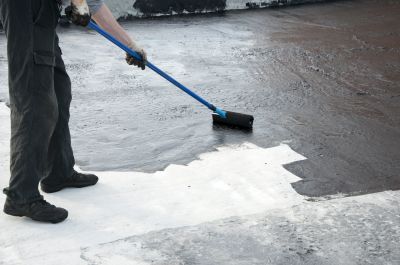
Summer months with low humidity are suitable for effective waterproofing application.
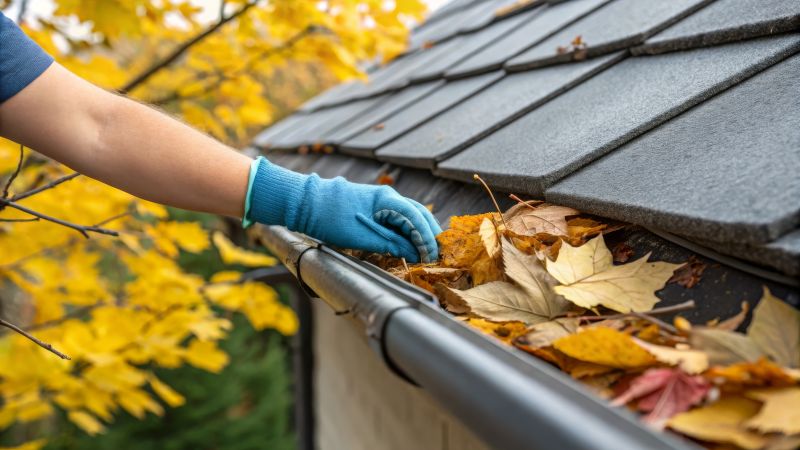
Fall provides cooler temperatures and less rainfall, optimal for waterproofing work.
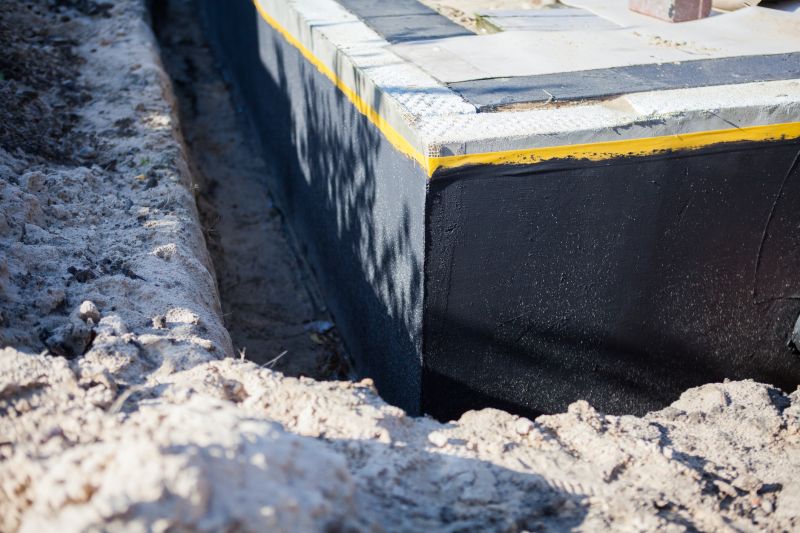
Winter temperatures can hinder proper curing and adhesion of waterproofing materials.
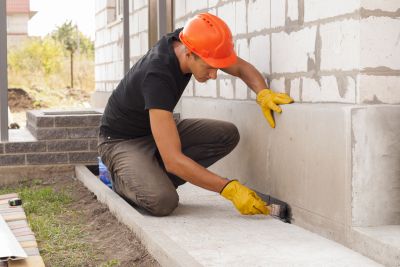
Scheduling waterproofing during favorable weather enhances durability and performance.
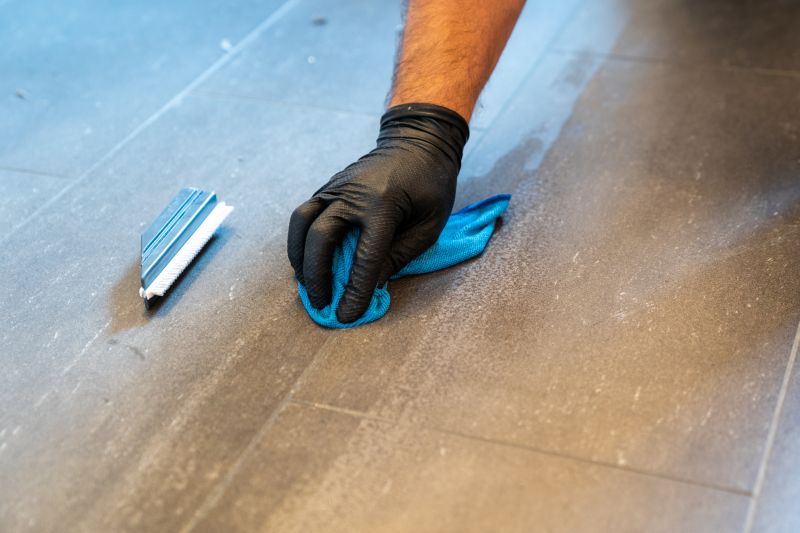
Proper tools and techniques are essential for successful waterproofing in suitable weather conditions.

Ensure surfaces are dry and clean before applying waterproofing products.
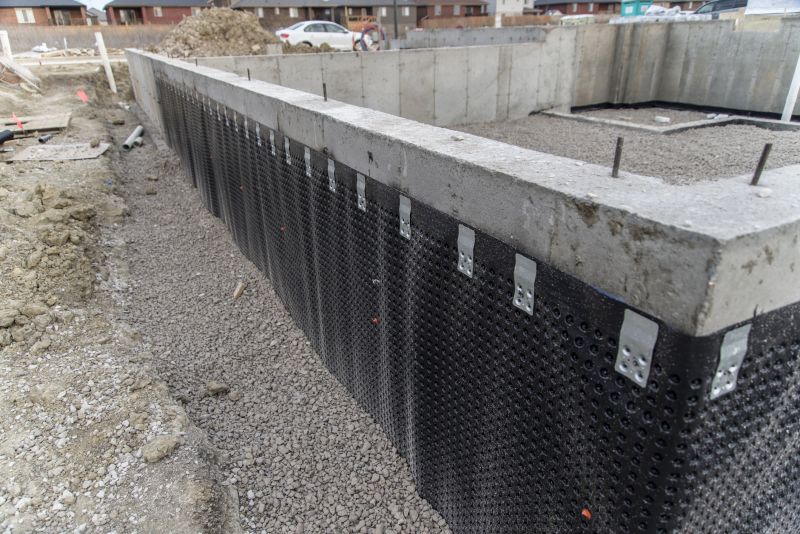
Constant weather checks help determine the best days for waterproofing projects.
| Season | Ideal Conditions |
|---|---|
| Spring | Moderate temperatures, low humidity, minimal rain |
| Summer | Warm, dry days with low humidity |
| Fall | Cooler temperatures, low rainfall, stable weather |
| Winter | Cold temperatures, high risk of freezing, unsuitable |
Waterproofings are essential for protecting structures from water intrusion, which can lead to structural damage, mold growth, and other issues. Modern waterproofing materials include liquid membranes, sheet membranes, and sealants, each suited to different applications and environmental conditions. Proper application and timing can extend the lifespan of a building's foundation, roof, or other critical areas. Statistics indicate that correctly timed waterproofing can significantly reduce repair costs and prevent moisture-related problems over the lifespan of a structure.

Application process during optimal weather conditions ensures long-lasting protection.
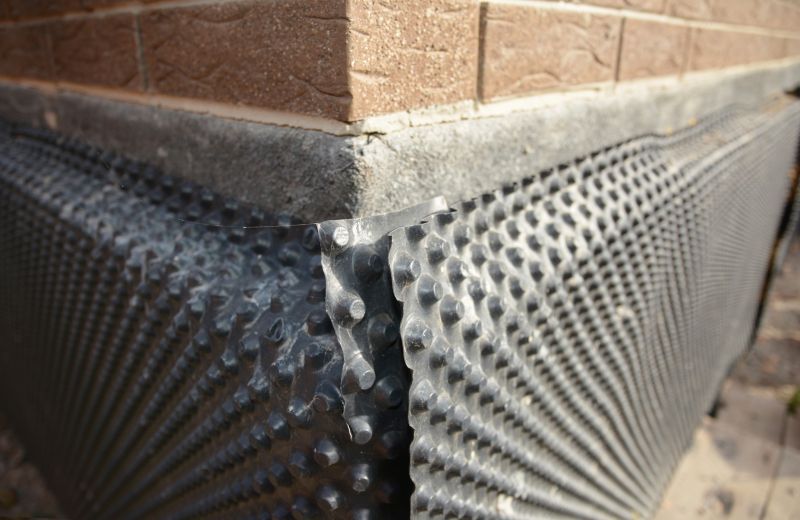
Properly applied waterproofing layers provide effective water resistance.

High-quality coatings applied during suitable weather conditions enhance durability.
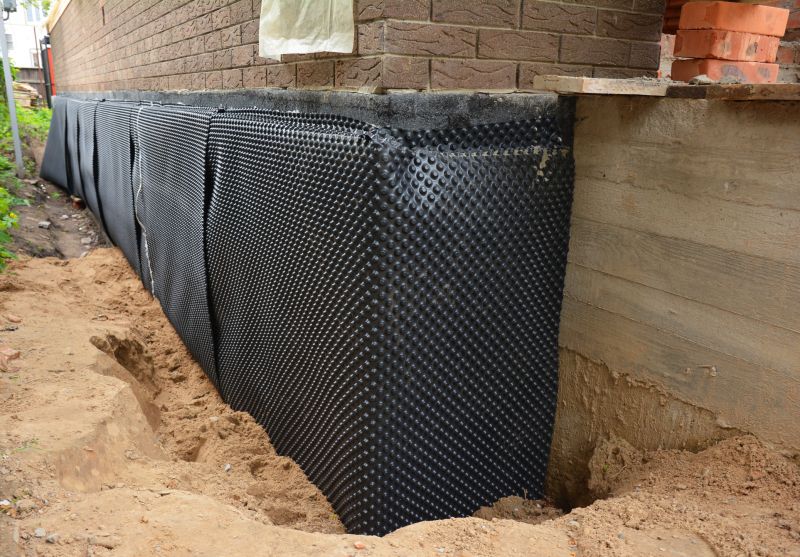
Selection of appropriate materials depends on season and environmental factors.
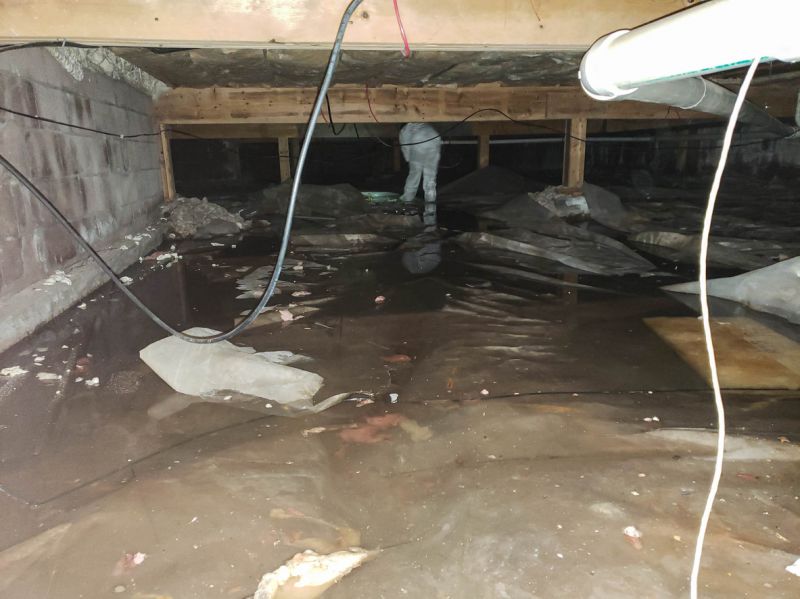
Ways to make Waterproofings work in tight or awkward layouts.
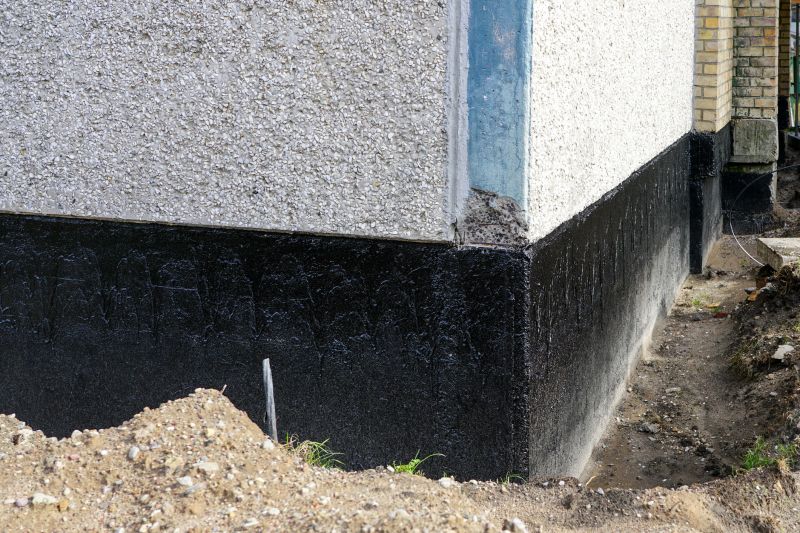
Popular materials for Waterproofings and why they hold up over time.
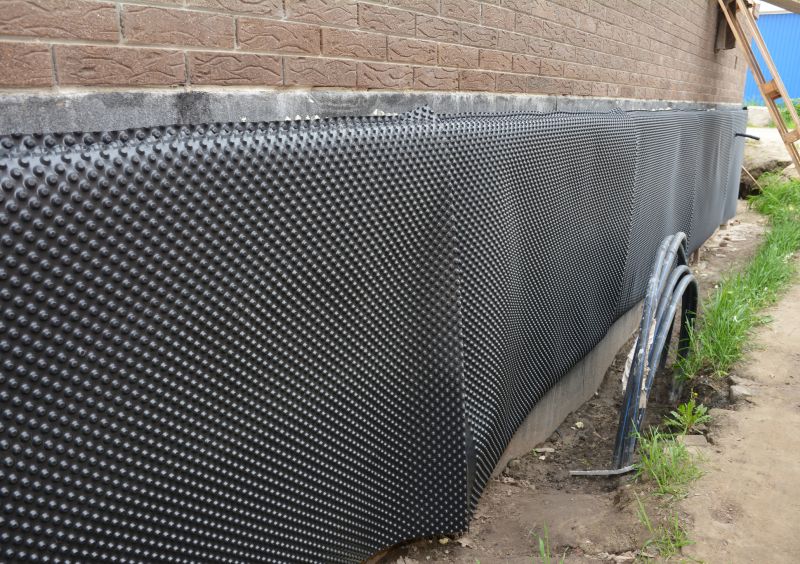
Simple add-ons that improve Waterproofings without blowing the budget.
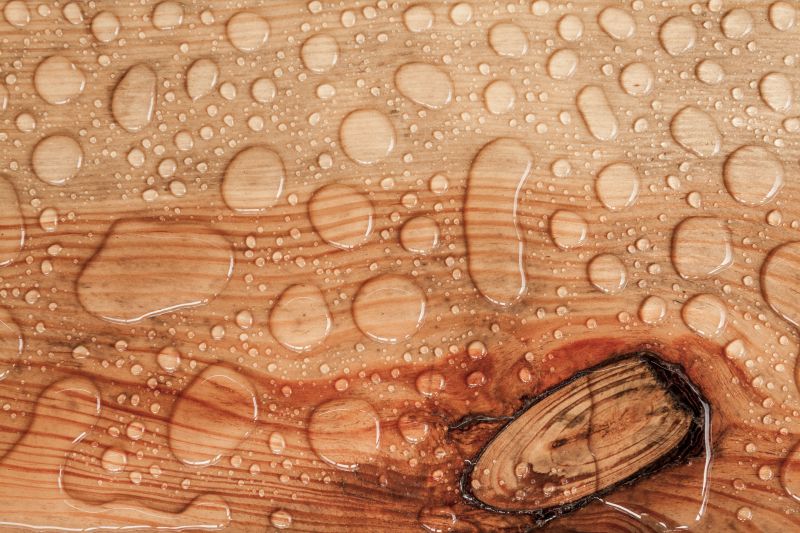
High-end options that actually feel worth it for Waterproofings.
Interested parties are encouraged to contact for more information on scheduling waterproofing projects. Proper timing and application techniques are essential for ensuring optimal results and long-term protection against water damage.

